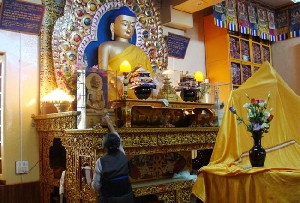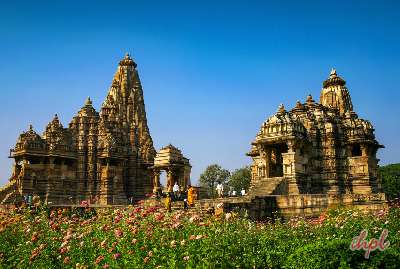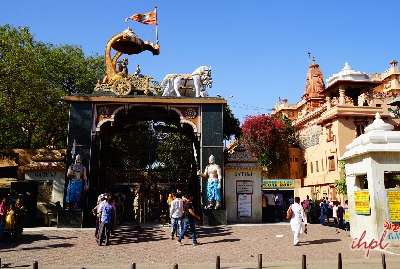The history of Shravasti Uttar Pradeshhas a new face according to various legends and myths. According to the epic Ramayana, Shravasti was a city created for Lav (one of the sons of King Rama). Rama divided his Kingdom- the kingdom of Kosala into two parts and made Lav the king of Shravasti and another son Kusha the king of Kushavati- another town in Kosala.
According to the other Indian epic Mahabharata, the History of Shravasti in India can be traced to the legendary king Shravasta. Whereas according to the Buddhist tradition, the city was called Savatthi because the sage Savattha lived there. According to another legend the name Shravasti originated from "Sabbam atthi" (meaning "we have all things") denoting the peace and prosperity of the people of the region.
Gautama Buddha passed the greater part of his monastic life in Shravasti, then known as Savatthi. His first visit to Shravasti was at the invitation of Anathapindika, whom he met in Rajagaha. The chief patrons of the Buddha in Savatthi were Anathapindika, Visakha, Suppavasa and Pasenadi. When Bandhula left Vesali he came to live in Savatthi.
This ancient city is hailed as the birthplace of the founder of Jainism- Tirthanakar. The History of Shravasti in Uttar Pradeshin India according to modern historians however, begins with the formation of Janpad's by Yugadidev Shri Adishwar Prabhu. This place was the capital city of North Kaushal Janpad. Many Jain Kings such as King Jitari, Shri Sambhavnath Bhagwan and others ruled this place after Bhagwan Adinath.
King Prasanjeet ruled Shravasti at the time of Bhagwan Mahaveer and was a loyal follower of Prabhu Veer. However, the most important phase in the history of Shravasti Uttar Pradeshcomes with the time of Samrat Ashok. Ashok and his grand son King Samprati also constructed quite a few Buddhist temples and Stoopas at Shravasti.
Shravasti was a very prominent township in the Gupta period and mention of the city can be found in the "Brihatkalp". Chinese travelers Fa Hien and Hun-Yen-Sang came to India in the 5th and the 7th centuries respectively and both mentions Shravasti as a flourishing Buddhist habitation.
During the 900 AD, Shravasti came to be known as Manikapuri when it was under the rule of the Jain King Mayurdhwaj. Shravasti was ruled by King Hansdhwaj during 925 AD, by King Makardhwaj during 950 AD, by King Sudhavadhwaj during 975 AD and by King Suhridhwaj during 1000 AD. All of these kings followed Jainism and under their patronage, Jainism attained unforeseen heights at Shravasti. This period is marked by the establishment of numerous Jain temples the ruins of which can still be seen at the city.
The history of Shravasti Uttar Pradeshturned new leaf with the rule of King Suhridhwaj who is known for defending the temples in his empire from Muslim attack. He also defeated Mohamed Gazanavi. However, Alauddin Khilji destroyed many of the temples and religious shrines at Shravasti marking the beginning of Muslim rule and the oppression of Hindus.
Excavations in the 20th century at Maheth and Saheth revealed the ruins of temples and stupas at Shravasti.











